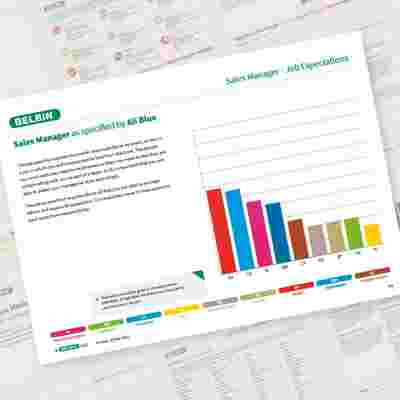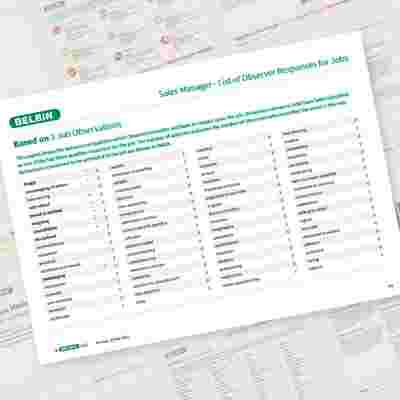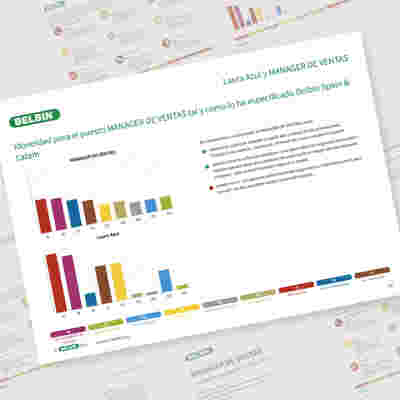Find and nurture the talent your business needs
Choosing the right people is key to success.
That’s why you need a robust recruitment process that gives the best outcomes for your team and organisation.
As a recruiter, you want to hire the right person for the job – a high-performer who can make the most of the role and gel with the existing team.
You want a fair, structured and easy-to-understand process which uses time and money efficiently and effectively.
And you want this process to be mutually beneficial for you, your organisation and your applicants.
It sounds easy… but we all know it isn’t.





